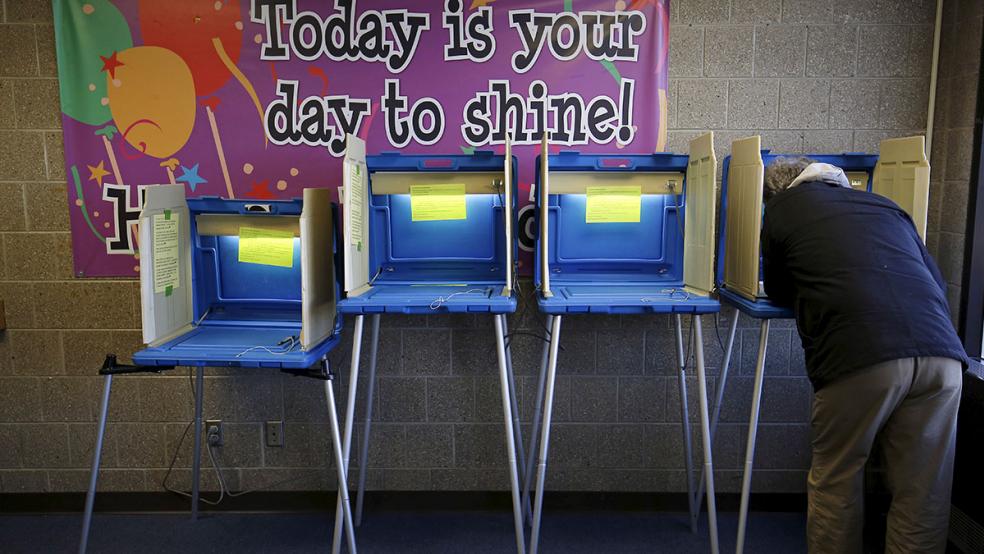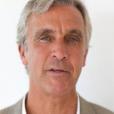As the presidential hopefuls zero in on the conventions, they might focus on what Americans over 55 really want. After all, older voters, who go to the polls at high rates, could be key to victory in swing states like Ohio and Pennsylvania.
Unfortunately, both candidates and their emerging party platforms seem to think appealing to older voters just means shoring up the 20th century institutions of Medicare and Social Security. Neither candidate has yet defined a new vision for our era of longevity, where the traditional age balance is being upended by longer lives and fewer babies and where we are already living our lives differently than our grandparents.
Related: Obama Opens the Back Door to a Single-Payer Nationalized Health Plan
So what do America’s “seniors” want? What compelling vision could a presidential hopeful put forward to inspire 78 million graying Baby Boomers and their children, and in the process build a new society with 21st century institutions?
Longer, more dynamic careers. Here’s what most politicians get wrong about 21st century working lives: They frame a career that goes past “retirement age” as brutal necessity. But we are learning through research that people are extending their careers not only because they need to work longer, but because they want to. The idea of retiring and playing shuffleboard for 30 or 40 years doesn’t appeal to most people. Mick Jagger, Warren Buffett and Carmen Dell’Orefice illustrate the point. But they’re the tip of the iceberg — most of us want to be active longer, and this includes working.
However, aging adults want the opportunity to work differently. They want to begin the second — and third — acts of their careers, and move into roles where they are learning new things and mentoring younger colleagues. If we once thought of the “career ladder,” we must now replace it with a “career lattice,” which allows for a career to move in multiple directions at different times during our 100-year lives.
The appeal to public leaders should be obvious. An engaged aging population will help drive economic growth and reduce the strain on entitlements. It will also enable us to focus our finite resources on those who need them most.
Medical innovation. The 20th century will rightly be remembered for the victorious fight against communicable diseases. While diseases like malaria, tuberculosis and influenza, not to mention HIV/AIDS, were not long ago certain death sentences, today we can manage and often defeat them. This is a global success story.
Related: It's Time to Add Alzheimer’s to the List of Global Pandemics
The 21st century must become known for the victorious fight against non-communicable diseases (NCDs) like Alzheimer’s, cancer, cardiovascular disease and diabetes. As we live longer, these NCDs are becoming the greatest global health threat. Alzheimer’s, as one example, will double in prevalence by 2030 and then double again by 2050. Just a few decades ago, it was practically unheard of. Today, it already consumes over 1 percent of global GDP.
Yet instead of squaring up to take on this fight, we are recoiling from it. Pharmaceutical organizations, the engines of innovative medicine, are under constant attack. Clinton has made the war against Big Pharma one of her core talking points.
This is not only counterproductive, it’s actively destructive. Our social, economic and personal health will hinge upon how we manage this war against NCDs. Policies need to be created that will encourage innovation, not stomp it out. But at least as important is to change, forever, the conditions of aging, as the new WHO Healthy and Aging Strategy calls for, to be consistent with longer, more active and healthier aging. Good health policy and associate medical innovation will not be seen as successful if it only finds solutions to disease and illness. What society demands in the 21st century is to age differently, enabling healthier and more active social engagement.
A new life course. At the beginning of the 20th century, when the Industrial Revolution was upending centuries-old patterns and traditions, a new period of life was created: adolescence. It was purely a social construction. The social and economic facts on the ground were changing and, as a result, human life changed as well.
Related: The American Retirement Crisis in 5 Charts
Same today with “seniors.” With longer, healthier, and more active lives to 90 and beyond have created a new period of life. We are no longer young, but we are also not ready to be “old,” withdrawn and retired. We do not yet have a term for this phase of life and, as such, we have only a vague collective conception of it.
But this phase of life has emerged and it creates one of the greatest opportunities of our time. The 55-and-over segment of the population, which has throughout history been on the margins of social engagement and economic productivity, is now poised to contribute. And as that demographic makes up more and more of overall population, it is essential for society to not assume retirement and inactivity as we age.
How can workplaces, schools and other social institutions capitalize on this opportunity? How can policymakers set the framework to nourish this healthy, active cycle of aging? How can businesses and innovators harness older adults as employees and consumers?
These are the kinds of questions we and our political leaders will need to answer if we’re going to create a healthy and prosperous society. Our outdated approaches are already failing. We desperately need a candidate with a new vision for our era of longevity. Medicare and Social Security were fine for last century. What about today and our future? What will aging mean in 2020?






